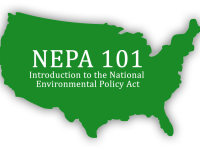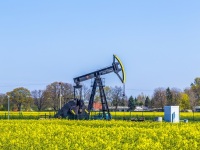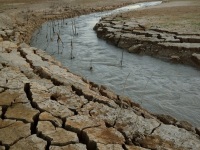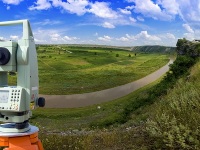What is NEPA? The National Environmental Policy Act (NEPA) is one of the shortest laws to exist and is less than 6 pages in length. NEPA was passed by Congress in 1969, signed into law on January 1, 1970 by President Richard Nixon and set the stage for environmental policy for the United States (1). …
Read more
NEPA 101: Introduction to United States Environmental Policy










